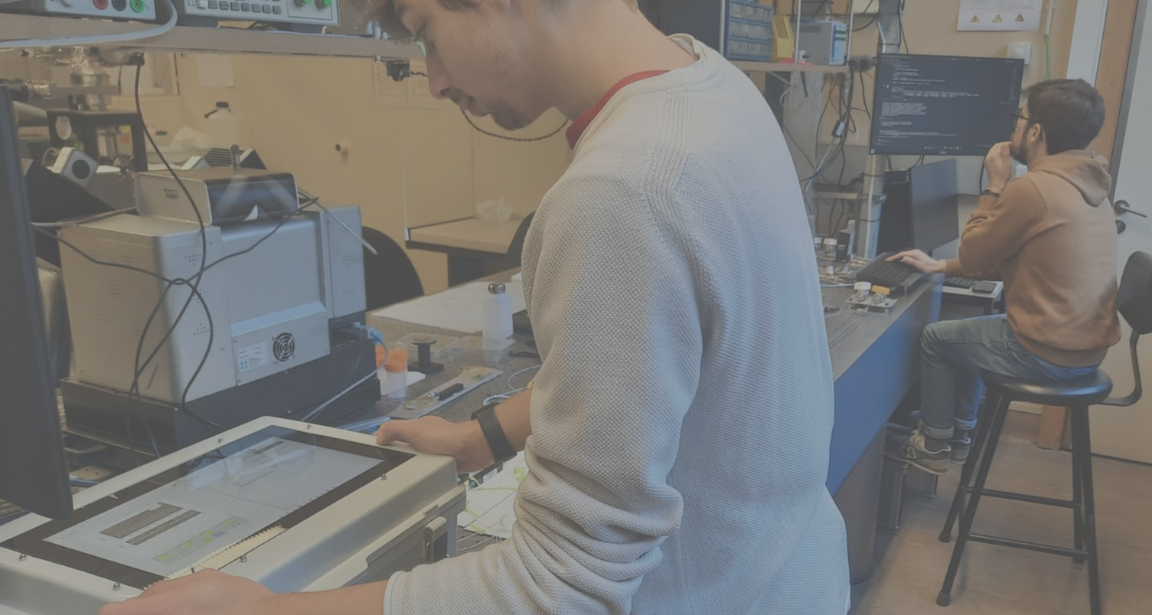The transition to cleaner energy sources, such as hydrogen and renewable methane, requires secure solutions to detect these gases in industrial environments. This is being developed in a project led by TEKEVER, in partnership with INESC TEC and PRF – Gas, Technology and Construction.
The team is developing optical sensors that allow for the monitoring of the presence of these gases with high precision, an essential technology to ensure a gradual introduction of renewable gases into supply lines, efficiently and safely.
How do the sensors work?
In the case of hydrogen, the sensors use optical fibers coated with special materials that react upon contact with the gas, allowing its detection through specific light effects (such as plasmonic effects and photonic crystals).
In the case of methane, spectroscopy techniques are used to analyze how light behaves when passing through the gas. The sensors use stable optical components with high precision control and advanced processing to interpret the data more accurately.
Prototypes already in an advanced stage
After the laboratory testing phase, a final prototype was created that allows for the detection of hydrogen leaks, consisting of an optical fiber sensor and a data reading system that is sensitive and precise. This advancement led to the submission of a patent application.
A prototype was also developed to detect methane leaks, which includes all the optical and electronic components integrated into a compact and easily portable unit. This prototype also resulted in the submission of two patent applications.
Figure 1 and 2 – Laboratory validation of the developed prototypes.
Field test
To verify the performance of the prototypes outside the laboratory, the teams from TEKEVER and INESC TEC visited the facilities of PRF. During this visit, demonstrations and explanations were given about the physical principles underlying this developed technology.
Figure 3 – Technical visit and tests for the installation of the H2 measurement system at the PRF facilities.
The two prototypes have already been validated in a laboratory environment and have potential for industrial application soon. However, improvements are still being made to the sensors and instrumentation, which will take place alongside tests in a real context.
(Credits: INESC TEC)

